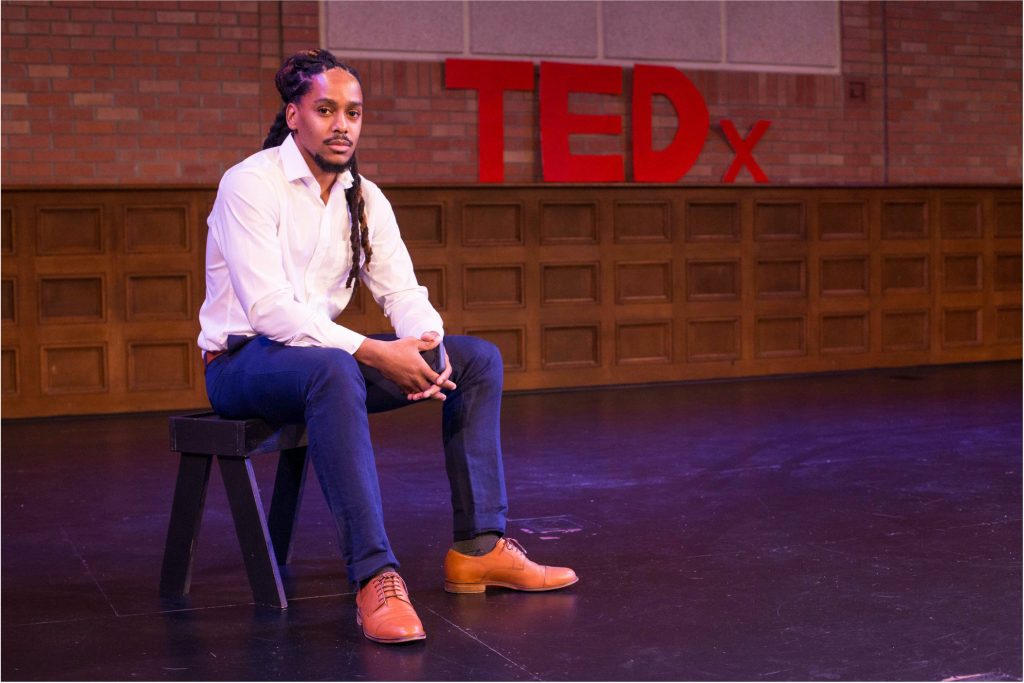My sister is on YouTube with a very funny TEDx talk about the pursuit of happiness and the main way in which people tend to get it wrong. (She has also written a book about this. Which is also very good.)
Not that I’m biased or anything, but do go check it out!




